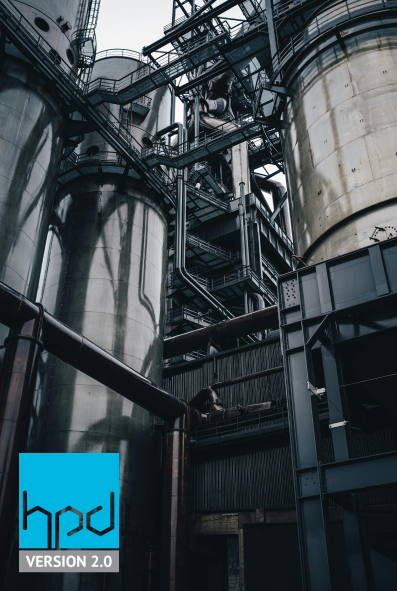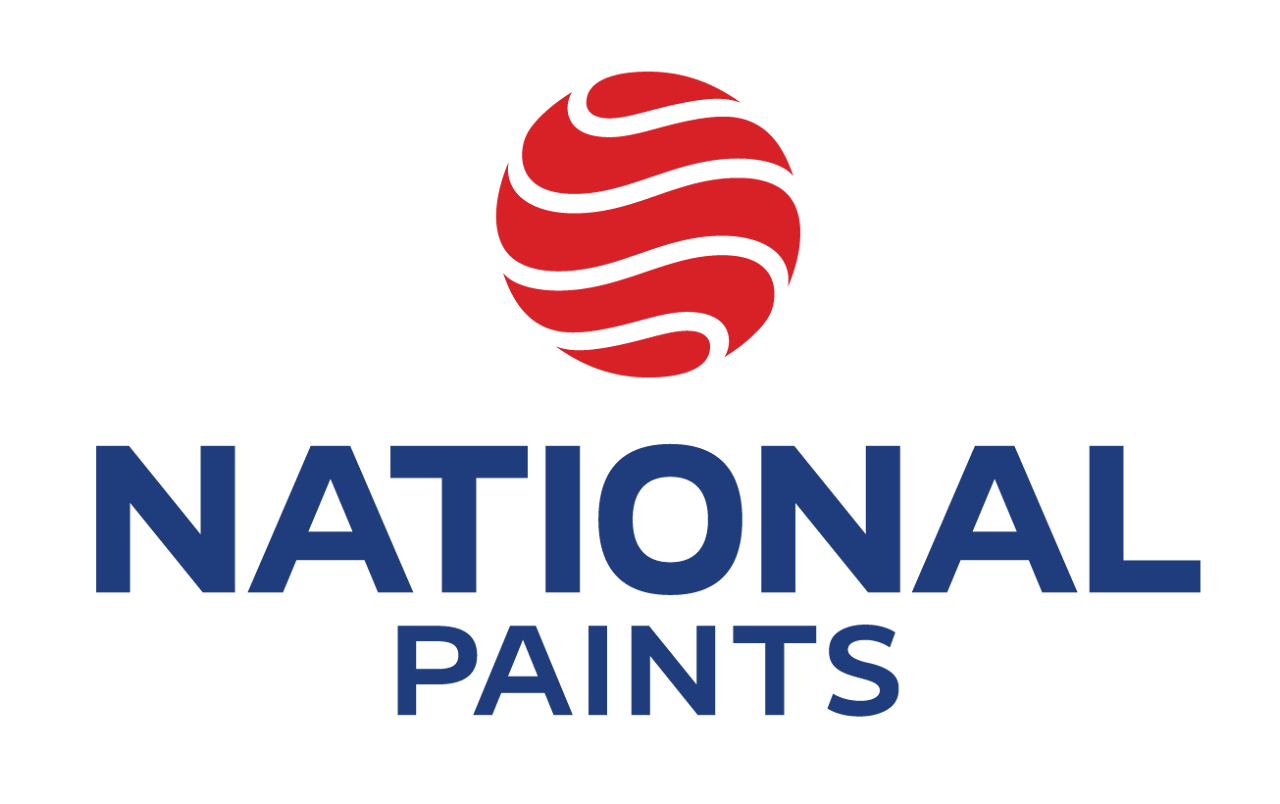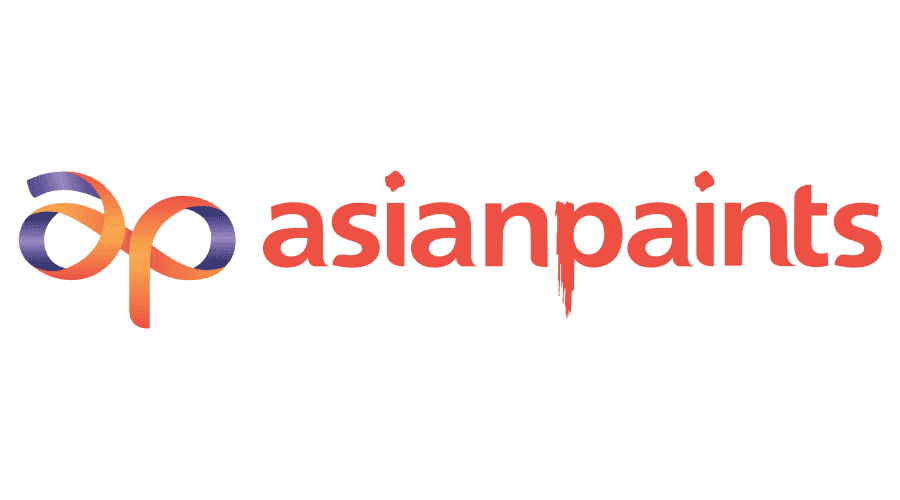Health Product Declaration (HPD) Solutions !
Globally Verified by the HPD Collaborative
Get Your HPDs Now ! HPD Sample Explorer EPDs
What is an HPD (Health Product Declaration) ?
An HPD (Health Product Declaration) is a standardized document that provides detailed information about the health and environmental impact of the materials and chemicals in a product. It focuses on ingredient transparency to help stakeholders understand the potential effects of a product on human health and the environment. HPDs are primarily used in the building and construction industry to promote safer and healthier materials in buildings.
- Ingredient Transparency
- Health Focus:
- Standardized Framework
- Lifecycle Considerations
Why Are HPDs Important for Your Products?
Health Product Declarations (HPDs) are critical for your products because they demonstrate transparency, enhance market competitiveness, and align with modern sustainability goals. Here's why HPDs are important:
Transparency and Trust
Material Ingredient Disclosure: HPDs provide a detailed account of all ingredients in your products, including their potential health impacts.
Market Competitiveness
Demand for Health-Conscious Products: Consumers and businesses increasingly prefer products with documented health and environmental benefits.
Alignment with Green Building Certifications
LEED and WELL Credits: HPDs contribute to certification points for LEED (Leadership in Energy and Environmental Design) and WELL Building Standards, making your products more attractive to architects and builders.
Compliance with Regulations
Global and Regional Requirements: HPDs ensure your products comply with increasing regulations for material health and safety (e.g., REACH, RoHS).
Driving Innovation and Improvement
Identify Risky Materials: HPDs highlight areas for improvement by identifying potentially hazardous ingredients.
Improve Product Development and Decision-Making
Corporate Social Responsibility (CSR): Aligns your company with global sustainability and health-focused initiatives.
Ready to Get Your HPD?
At CQES International LLC, we offer expert HPD preparation services verified by the HPD collaborative - USA. Our team ensures your EPD meets international standards and supports your sustainability goals.
Who Requires HPDs
HPDs are crucial for several industries and stakeholders:

Manufacturers:
To provide transparency and meet regulatory standards.
Architects & Engineers:
To meet green building certification requirements.
Government & Regulators:
For compliance with sustainability and carbon footprint standards.
Consumers:
Eco-conscious buyers use HPDs to make informed decisions.Frequently Asked Questions
Here are some frequently asked questions (FAQs) and their answers related to Engineering, Procurement, and Design (HPD), EPD preparation time, and verification:
1. What does the EPD/HPD process involve?
The EPD/HPD process typically involves three key stages: Engineering: Detailed planning and designing of the project, including technical specifications and project blueprints. Procurement: Sourcing and purchasing of materials and equipment needed for the project. Design: Creating detailed designs and plans for the project's implementation, including architectural and structural elements.
2. How long does it take to prepare an EPD/HPD?
The preparation time for an EPD/HPD project can vary widely depending on the project's complexity, scope, and size. On average, preparation can take anywhere from a few weeks to several months. Factors influencing the timeline include the project's scale, the availability of materials, and the efficiency of coordination among different stakeholders.normally a simple EPD will take around 2-3 weeks
3. What factors affect the preparation time for an EPD/HPD project?
Factors affecting preparation time include: Project Complexity: More complex projects require more detailed design and engineering work. Scope and Size: Larger projects with more extensive requirements take longer to prepare. Stakeholder Coordination: Efficient communication and coordination between engineering, procurement, and design teams can impact preparation time. Material Availability: The time required to source and procure materials can influence overall preparation time.
4. How is the EPD/HPD process verified and validated?
Verification and validation of the EPD process involve: Design Reviews: Regular reviews and approvals of design documents to ensure they meet project specifications and standards. Quality Checks: Ensuring materials and components meet quality standards and project requirements. Compliance Testing: Verifying that the project adheres to regulatory requirements and industry standards. Inspection and Testing: Conducting on-site inspections and tests to confirm that the construction or implementation aligns with the design and engineering plans.
5. What is the purpose of verification in an EPD/HPD project?
Verification ensures that the project is executed according to the approved designs and specifications. It helps identify and address any discrepancies or issues early on, ensuring that the final output meets quality standards, regulatory requirements, and project objectives. Verification is crucial for maintaining project integrity, safety, and functionality.
Globally Verified by HPD Collaborative - USA
All HPD certifications provided by CQES International LLC are verified by the Environmental Footprint Institute - Spain. These globally accepted EPDs ensure your products meet international environmental standards, helping you achieve sustainability goals in every market.
Address
Office 102, Shams Media City, Sharjah (UAE)
Call Us
+971 5858 7 9085 || +971 5858 4 9085
Email Us
sales@cqesint.com













